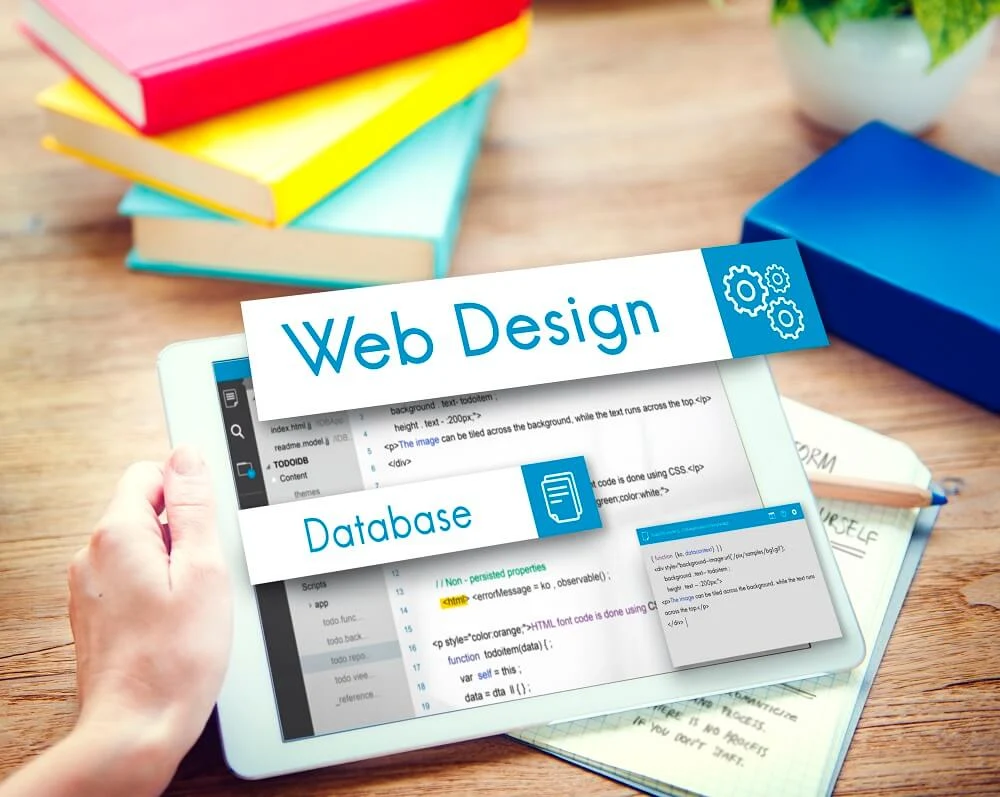An e-commerce website's design plays a crucial role in the user experience. A well-designed website can make it easy for customers to find what they're looking for, understand your products, and complete a purchase. A poorly designed website, on the other hand, can make it difficult for customers to navigate, leading to frustration and a high bounce rate. This article will provide tips on how to improve your e-commerce website's design to enhance the user experience and increase conversions.
Navigation
Clear and intuitive navigation is key to a good user
experience. Make sure that your website's navigation menu is easy to find and
use, and that it's organized in a logical way. Use clear and descriptive labels
for your menu items, and consider adding a search bar to make it easy for
customers to find specific products.
Layout
The layout of your website should be simple and easy
to understand. Use a clean, uncluttered design, and make sure that the most
important information, such as your products and pricing, is prominently
displayed. Consider using a grid layout to organize your products and make it
easy for customers to browse through them.
Product Pages
Product pages are crucial for e-commerce websites.
Make sure that your product pages are well-organized and easy to understand.
Include high-quality images of your products, as well as detailed product
descriptions, pricing, and any relevant information, such as size and material.
Also, include customer reviews and ratings, as these can be helpful in
increasing conversions.
Checkout Process
The checkout process should be as simple and easy as
possible. Use a multi-step checkout process that guides customers through the
process, and make sure that the checkout process is secure. Keep the number of
form fields to a minimum, and clearly display the total cost of the purchase,
including any taxes and shipping charges.
Mobile Optimization
With more and more customers shopping on their
mobile devices, it's important to ensure that your e-commerce website is
mobile-optimized. This means designing your website to work well on smaller
screens, with larger text and buttons that are easy to tap. Also, make sure
that your website loads quickly on mobile devices, as this can affect the user
experience and conversions.
Conclusion
An e-commerce website's design plays a crucial role
in the user experience. A well-designed website can make it easy for customers
to find what they're looking for, understand your products, and complete a
purchase. By focusing on navigation, layout, product pages, checkout process
and mobile optimization, you can improve your e-commerce website's design and
enhance the user experience. Remember that the user experience is a continuous
process, so it's important to regularly review your website's design and make
adjustments as needed to stay competitive and achieve your e-commerce goals.

